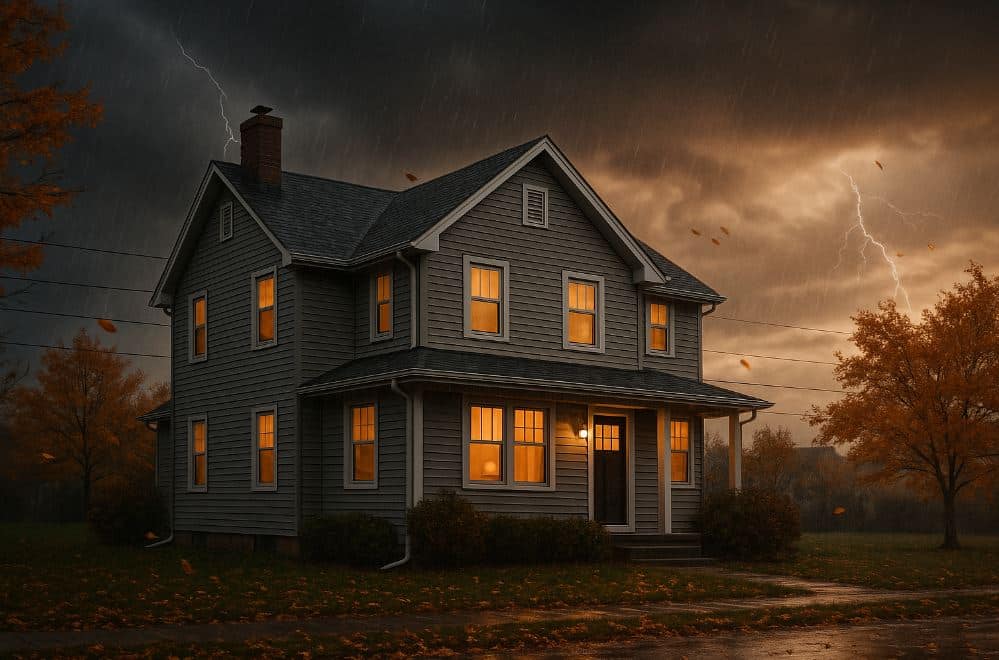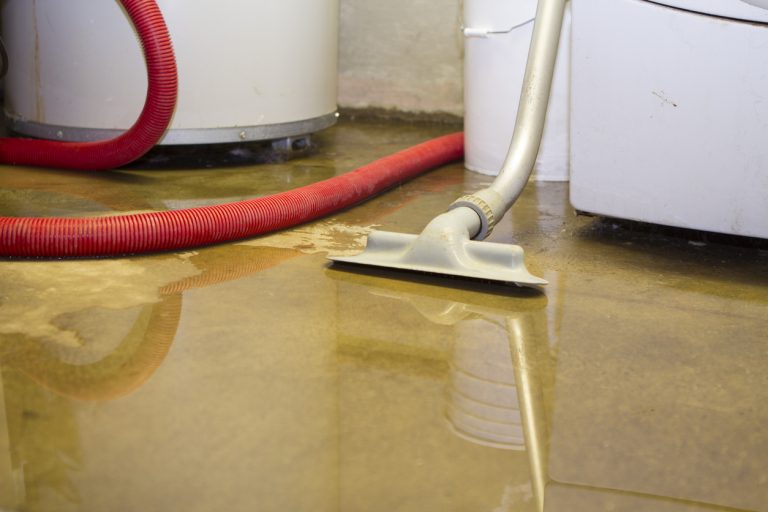
Cold Floors and Drafty Rooms? Your Crawl Space Could Be to Blame
When winter sets in, most homeowners expect a little chill in the air. But if your floors are icy cold or you’re feeling drafts in rooms that were once warm, the problem may not be your windows or insulation; it could be coming from below.
An exposed or poorly sealed crawl space allows cold air to rise into your home, making floors uncomfortable and heating systems work overtime. In many homes across Minnesota and North Dakota, this overlooked space is one of the biggest sources of heat loss during winter.
If cold air is making its way inside, so are moisture, odors, and even pests. And without a sealed barrier in place, your home is left vulnerable.
How Cold Air Gets Into Your Home
Most homes with crawl spaces were built with open vents or exposed soil, based on outdated building practices. While these designs were once believed to help with air circulation, they actually allow cold, damp air to rise straight into your living space.
During the winter, the “stack effect” pulls cold air up from the crawl space as warm air escapes through the roof. This natural airflow creates drafts, uneven temperatures, and cold floors, especially in rooms directly above the crawl space.
Common entry points for cold air include:
- Open or unsealed foundation vents
- Gaps around plumbing or ductwork
- Cracked or missing crawl space doors
- Uninsulated subflooring or floor joists
- Bare, uncovered dirt or gravel floors
Over time, this constant exposure to outside air doesn’t just affect your comfort; it also pulls moisture into your home and weakens your structure.
Signs Your Crawl Space Is Causing Heat Loss
Cold floors might seem like a normal part of winter, but they can be a red flag, especially if the chill feels stronger in certain rooms. In homes with vented or exposed crawl spaces, that cold air can move upward and affect your living space directly.
You may notice certain rooms feel drafty, particularly those on the first floor. That’s often caused by cold air seeping through gaps in the subfloor or around plumbing penetrations. If your heating system seems to be running constantly without keeping the space warm, your crawl space may be working against you.
A sudden increase in your energy bill can also point to an issue below. When heat escapes and cold air enters through the crawl space, your furnace has to work harder to maintain comfort, and that shows up in monthly costs.
Musty smells or increased humidity are another warning sign. Even in winter, an unsealed crawl space can draw in moisture that lingers in the air, especially around vents, floorboards, or ductwork. In some cases, you may even start to notice pests or insects entering from below, following the same air pathways into your home.
Each of these signs tells the same story: your crawl space isn’t sealed, and your home is paying the price.
What Happens When Cold Air Brings Moisture With It
Cold air is only part of the problem. When that air carries moisture into your crawl space, the risks go beyond chilly floors. Winter condensation can collect on wood framing, ductwork, and insulation, creating the perfect environment for mold, mildew, and decay.
Even in freezing temperatures, moisture can enter through uncovered soil or foundation vents. That damp air rises into the home, affecting not just comfort but also the health of your indoor air. Over time, it can damage subflooring, reduce insulation effectiveness, and contribute to long-term structural issues.
Excess humidity from the crawl space can also circulate through your HVAC system, spreading musty odors and allergens to every room. For families with asthma or respiratory concerns, this hidden source of contamination can quietly affect day-to-day wellness.
Winter may feel dry on the surface, but if your crawl space is unsealed, it could be feeding your home a steady stream of cold, damp air all season long.
How Encapsulation Solves the Problem
Crawl space encapsulation is one of the most effective ways to block cold air and moisture from entering your home. By sealing the floor and walls with a heavy-duty vapor barrier, encapsulation creates a controlled environment beneath your living space, one that keeps the cold out and protects everything above.
Encapsulation stops outside air from seeping in through vents, cracks, or exposed soil. It also prevents moisture from rising into the crawl space, which helps protect wood framing, insulation, and flooring from mold and rot. The result is a warmer, healthier home with more stable indoor temperatures.
For many homeowners, encapsulation also lowers energy bills. When your heating system isn’t battling constant drafts or cold floors, it runs more efficiently. That means better comfort, lower costs, and less strain on your home’s systems during the harshest months of the year.
A properly sealed crawl space doesn’t just solve winter problems; it protects your home all year long.
Get a Warmer, Healthier Home This Winter
If your floors feel cold or you’ve noticed drafts and rising energy bills, your crawl space may be the hidden cause. Cold air and moisture entering from below can impact comfort, air quality, and long-term home health.
Crawl space encapsulation gives your home the protection it needs, sealing out the elements and creating a cleaner, more stable environment beneath your feet. Whether you’re looking to improve comfort or prevent future damage, now is the right time to take a closer look.
Schedule a crawl space inspection with a trusted contractor near you and find out what’s really happening below the surface. A warmer, healthier home could be just one service away.




